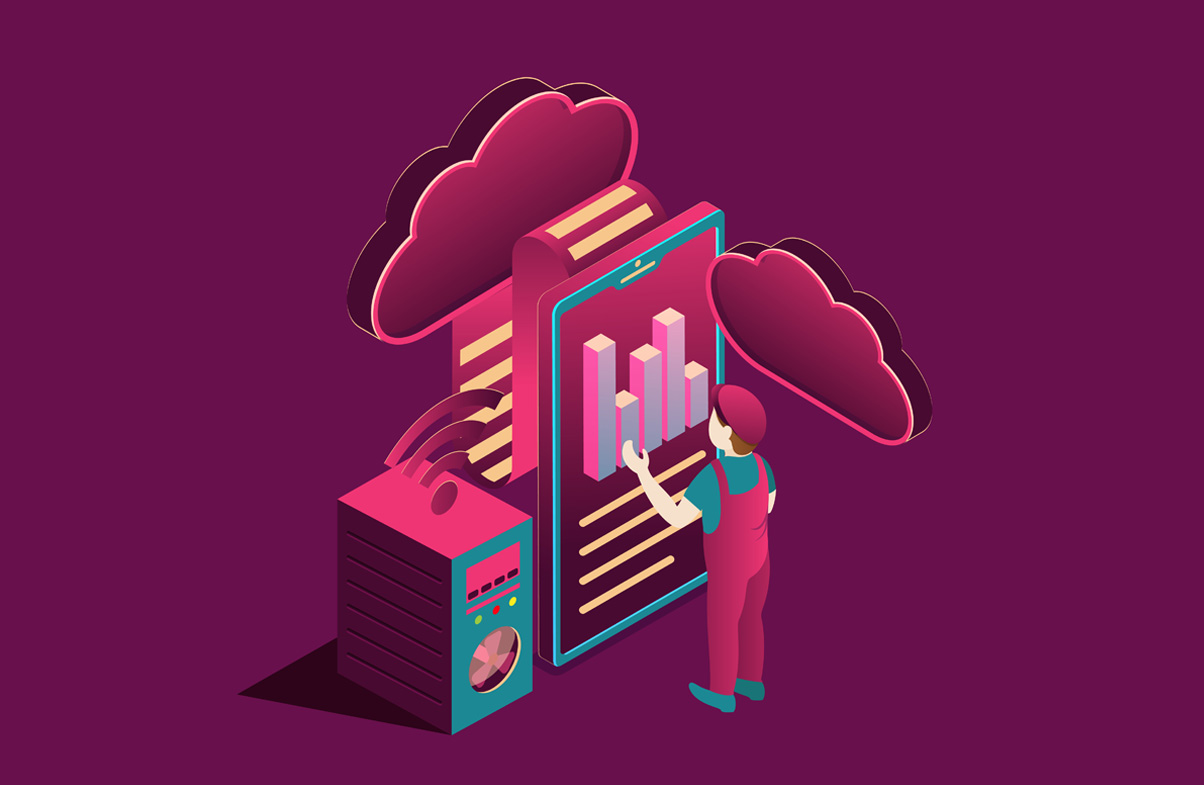Cloud-Native vs SaaS

09 Dec 2024
Cloud-Native vs SaaS
Nowadays, companies want to stay competitive, so they must make the critical decision to transform their businesses using cloud computing. Two key ideas—cloud-native apps and Software as a Service (SaaS)—dominate cloud computing, one of the most popular subjects in the digital revolution. This blog thoroughly examines cloud-native vs. SaaS Although they serve different use cases and needs, both seek to use the cloud for efficiency, scalability, and innovation. If businesses want to maximize the optimization of their IT strategies, they need to understand how to use these two models to achieve maximum benefits. We will explore the major characteristics, limitations, benefits, and uses of Cloud-Native and SaaS so that companies can determine which approach best aligns with their needs.
Cloud-Native vs SaaS
The term 'cloud-native' describes a contemporary application design concept that emphasizes utilizing cloud infrastructures to their maximum capacity. In contrast to traditional apps that are just hosted there, cloud-native applications are created especially for the cloud from the ground up.
Key Features of Cloud-Native Applications
1. Microservice Architecture:
Cloud-native applications are small, decoupled services, with one or few associated functions, that together make up the complete application. This allows them all to be scaled, updated, and designed for failure independently of each other.
2. Containerization:
Containers such as docker pack the whole application along with its dependencies and fit it into a single unit so that the unit operates consistently regardless of its environments such as development, testing, and production.
4. Continuous Integration/ Continuous Deployment (CI/CD):
Cloud-native becomes DevOps to allow for speedy updates and iterations without interrupting the experience of end users.
5. Dynamic Scaling:
Applications automatically adapt to changing user requests to provide optimal performance with the minimum wastage of resources.
What is Software as a Service (SaaS)?
Software as a Service (SaaS) is a cloud computing concept in which software is distributed online. SaaS solutions might or might not be created using cloud-native principles, in contrast to cloud-native applications. SaaS's major goal is to give companies ready-to-use solutions with little setup and maintenance requirements.
Key Features of SaaS
1. Hosted Solutions:
The software is hosted and managed in the cloud by the service provider, with upgrades, maintenance, and the overall infrastructure left in their care.
2. Subscription Pricing:
With SaaS, there is no upfront cost. Instead, pay for the model on a pay-as-you-go basis, allowing even the smallest businesses to pay for the features they need.
3. Accessibility:
Users are therefore free to access SaaS applications via web browsers or mobile applications and do not need to install the applications directly on their devices.
4. Standardization
Mostly, SaaS products are rendered iris-symmetric and comprehensive enough to cover various connectors. A few well-made ones, however, may be customized.
5. Rapid Provision of Application:
The SaaS applications are almost instantaneously ready for use by the employee. This is good for businesses that require quick solution deployment.
Challenges and Limitations
While the advantages of both models exist, there are some specific challenges that they come with:
Cloud-Native Challenges
Development Complexity:
A talented team of developers is required to create and maintain the system.Cost of Expertise:
Hiring cloud-native experts to train existing teams can be costly.Vendor Lock-In:
Heavy reliance on any of the cloud providers can impede the switching platforms.
SaaS Challenges
Limited customization:
Unique Business processes make it almost impossible to apply SaaS.Data Security Concerns:
Sensitive data is stored on vendor servers; hence, it raises some privacy issues.Dependency on Vendors:
Service Problems and downtime at the vendor's end directly affect the user.
When to Choose Cloud-Native?
Cloud-native is best for organizations that want to deploy purpose-built applications built to leverage the maximum potential of cloud environments. The following situations would probably have cloud-native as a preferred option:
1. Scalability and Resilience:
Industries like e-commerce or fintech tend to see a lot of ups and downs in user demand. Their cloud-native applications set up resources dynamically; hence, they're highly available even during high traffic.
2. Innovation and Agility:
Cloud-based development makes innovation and creativity very effective for businesses that can compete only through innovation, like healthcare technology providers. CI/CD pipelines make it possible for new features and updates to be completely integrated and deployed faster.
3. Real-time Processing:
Such kind of cloud-native systems work elaborately for giving real-time data processing through IoT solutions, analytics as well as applications that require immediacy in responsiveness.
When to Choose SaaS?
SaaS is the solution for convenience, penny-wise in spending, and fast deployment for most businesses. It is advantageous in these cases:
1. Quick Implementation
SaaS is an open door to employing essential tools immediately without much development or IT resources required by small businesses or start-ups for tools such as QuickBooks or HubSpot.
2. Cost-Effectiveness
These subscriptions from SaaS do not require a hefty initial investment; one pays as per use and scale.
3. Streamlined Collaboration
With the help of applications added by Microsoft Teams and Zoom, remote teams can start working without further tools added for communication or productivity.
Conclusion
In conclusion, choosing between cloud-native and SaaS entirely depends on your organization’s needs. Cloud-native apps are perfect for companies that value customization, innovation, and scalability. For organizations, SaaS solutions are a popular option because of their cost, ease of use, and simplicity.
With hybrid approaches that combine the greatest features of both models, the distinction between them may become blurred as technology advances.
If your business is looking for ways to see what cloud-native development, custom SaaS solutions, or perhaps a blend of casting would work best, NanoByte Technologies brings with them expertise that can help you navigate the digital world better. Get cloud powers today!
Frequently Asked Questions (FAQs)
1. When comparing SaaS and Cloud, which is better?
SaaS is better for prepackaged applications that need minimum maintenance, while Cloud is suited for scalable infrastructure and customer-specific development.
2. What is Cloud Computing?
Cloud computing provides computing resources such as servers, storage, and software over the internet instead of having a local device rely on physical infrastructure.
3. What are the benefits of Cloud-Native?
Cloud-native applications are scalable, flexible, low-cost, speedier, and automated.
4. What are the benefits of SaaS?
The benefits of SaaS include availability, user-friendliness, added space, cost-saving advantages, and automatic updates.
5. What are the drawbacks of Cloud?
Cloud challenges include security risks, downtimes, compliance issues, hidden costs, and limited control over resources.

.jpg)



